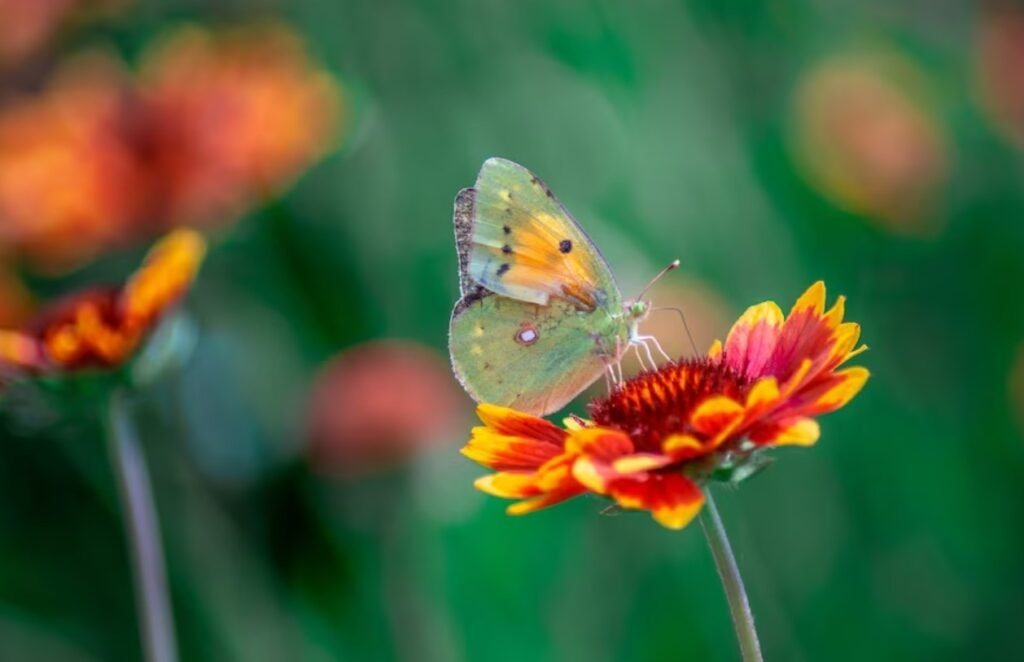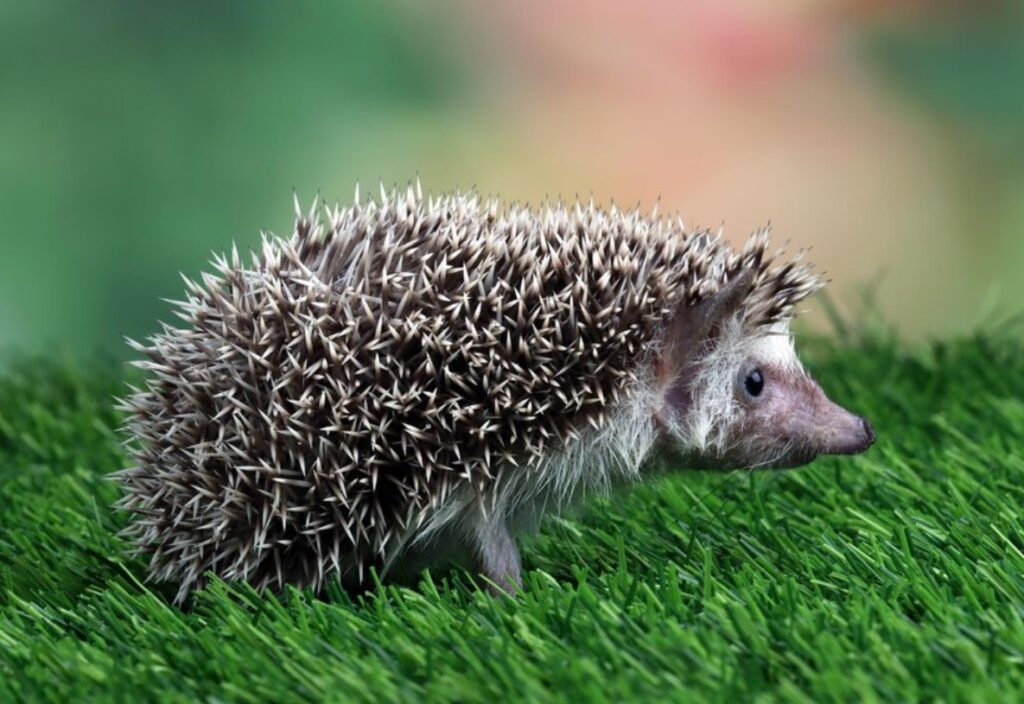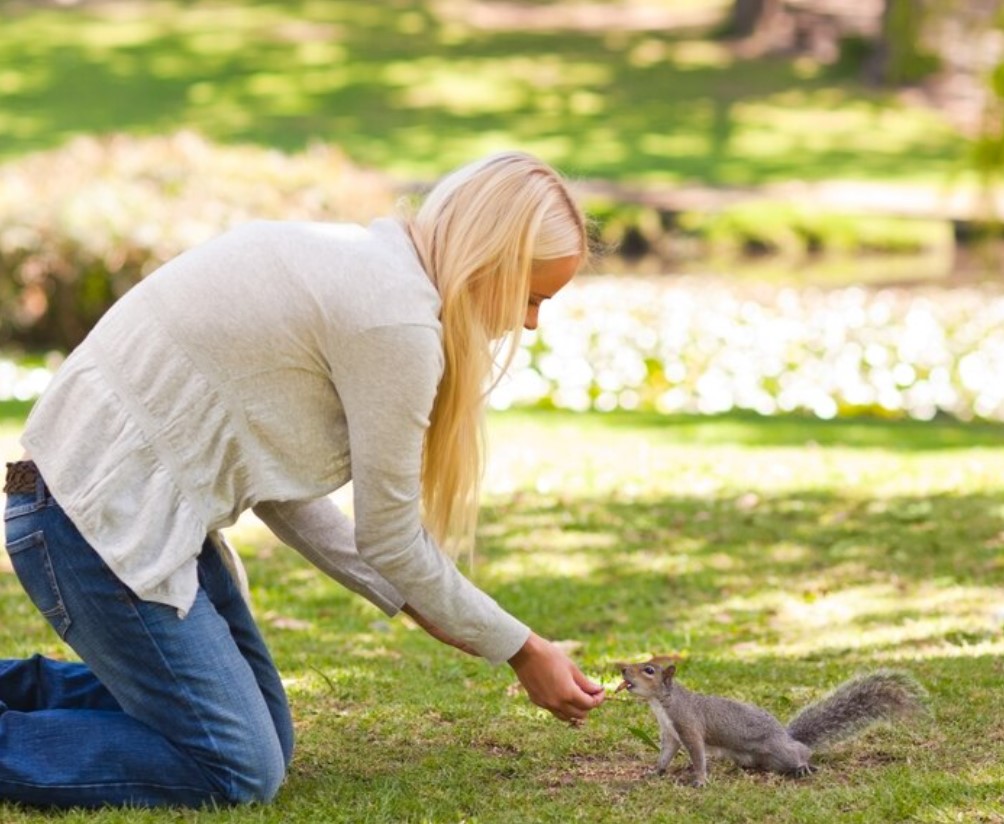Garden wildlife refers to the animals and plants that inhabit our gardens, parks and other outdoor spaces. This includes birds, mammals, amphibians, reptiles, insects and other invertebrates. These creatures are essential to our environment and play an important role in our daily lives. Attracting and caring for garden wildlife is an important part of being a responsible garden owner.
By providing food, water and shelter for garden wildlife, we can help to create a diverse and healthy environment. This can have a range of benefits, from improving the health of our soil to providing a more enjoyable outdoor experience for our families and friends. Additionally, encouraging wildlife into our gardens can help to protect our local ecosystems from destruction and damage. Attracting and caring for garden wildlife can be rewarding and educational, as well as providing a sense of satisfaction from doing our part to protect our environment.

By choosing the right plants and setting up bird feeders, nest boxes and other wildlife-friendly features, we can create a haven for garden wildlife. With a little effort and thought, we can turn our gardens into a safe and inviting home for a wide range of creatures. Not only will this help to promote biodiversity, but it can also lead to an abundance of wildlife in our gardens that can bring joy to our lives.
Types of Garden Wildlife
Birds:
Birds are a common sight in gardens as they search for food, water and shelter. Their presence can bring joy to the garden as they sing and flutter around, and they are also beneficial in reducing insect populations. Bird feeders and birdhouses can be used to attract and provide a safe habitat to birds.
Butterflies:
Butterflies are beautiful creatures and a pleasure to have in any garden. They come in a variety of colors and shapes, and attract pollinators to the garden. To attract them, nectar-rich flowers such as lavender and buddleia should be planted. In addition, providing a shallow dish of water with some stones will help to keep them hydrated.
Bees:
Bees are very important pollinators and should be welcomed in any garden. They will help to ensure a good crop of fruits and vegetables. To attract them, flowers such as daisies and asters should be planted in the garden. A bee house or a simple bundle of twigs can also be used to provide them with shelter.
Squirrels:
Squirrels can be a nuisance in the garden as they can eat plants and fruit, and dig up bulbs. To discourage them, bird feeders can be placed at a height that they cannot reach and fences can be put up around vulnerable plants.
Rabbits:
Rabbits can also be a nuisance in the garden as they eat plants and dig up bulbs. To discourage them, fences should be put up around vulnerable plants and areas of the garden where they can hide should be made inaccessible.
Hedgehogs:
Hedgehogs are a welcome sight in many gardens as they eat a variety of garden pests. To encourage them, a hedgehog house should be built, and food should be left out for them. A shallow dish of water should also be provided for them to drink.

Creating a Wildlife-Friendly Garden
Creating a Wildlife-Friendly Garden
Creating a wildlife-friendly garden enables you to attract a variety of wild birds, butterflies, and other wildlife. The key is to provide food, shelter, and water sources that are natural and native to your area. Here are some tips on how to do this.
Providing Food Sources:
Plant a variety of native flowers, shrubs, and trees that provide food for the wildlife in your area. Native plants will provide vital sources of pollen, nectar, and seeds that many local species depend on for their survival. You can also add feeders to your garden to provide a supplemental food source.
Creating Shelter:
Create natural habitats such as rock piles, logs, and dead trees to provide shelter for wildlife. These habitats can also provide safe nesting areas for birds and other small animals.
Providing Water Sources:
Install birdbaths, small ponds, or other water features to attract wildlife. Make sure to keep the water clean and fresh by changing it regularly.
Using Native Plants:
Plant native species that attract wildlife. These plants will not only provide food, but they will also blend in with the local environment and help boost the local ecosystem.
Avoiding Pesticides and Herbicides:
Avoid using any chemical pesticides or herbicides in your garden, as these can be harmful to the wildlife. Instead, use natural methods such as companion planting, hand-weeding, and mulching to keep your garden healthy and pest-free.
Creating a Compost Pile:
Composting is a great way to provide an additional food source for wildlife. Compost piles provide an abundance of organic matter that can be used to nourish the soil and provide food for wildlife such as worms, insects, and other small animals.

Attracting Birds to Your Garden
Types of Bird Feeders:
Bird feeders are available in a variety of shapes, sizes, and materials to suit different species of birds. Tube feeders are popular for many small birds, while hopper feeders are often used for larger species. Suet feeders are great for woodpeckers and other insect-eating birds. Platform feeders are suitable for a wide range of birds. When selecting a feeder, choose one that is easy to fill, clean, and maintain.
Choosing the Right Bird Food:
Different species of birds prefer different types of food. Common birdseed blends include black-oil sunflower, safflower, millet, and cracked corn. Some birds also enjoy peanuts, suet, mealworms, and fruits. To attract a variety of birds, offer a variety of foods.
Providing Nesting Boxes:
Many birds will use nesting boxes if they are provided. The size and construction of the box should be appropriate for the species of bird you wish to attract. Make sure the box is well-constructed, secure from predators, and placed in a location that is open to the sun but sheltered from wind and rain.
Creating a Bird-Friendly Environment:
To attract birds to your garden, create an inviting environment with plenty of food, water, and shelter. Plant native shrubs and trees that provide food and shelter. Leave dead or dying trees in place, as these provide essential habitat for birds. Install birdbaths, water features, and birdhouses. Limit the use of pesticides and other chemicals in your garden.
Attracting Butterflies and Bees to Your Garden
Choosing the Right Plants:
When it comes to attracting butterflies and bees to your garden, the first step is to choose the right plants. Native plants are a great option as they are hardy and do well in your local environment, as well as providing a natural food source for butterflies and bees. Some great plants for attracting butterflies include Milkweed, Blazing Star, Joe Pye Weed, and Butterfly Weed, while good plants for bees include Goldenrod, Lavender, and Catmint. It is also important to provide plants with a variety of bloom times, so there will be a food source throughout the season.
Creating a Butterfly and Bee-Friendly Environment:
Creating a safe and inviting environment for butterflies and bees is key to attracting them to your garden. A sunny spot with some protection from the wind is ideal. You can also provide shelter for butterflies and bees by adding a variety of native shrubs and trees, like Black Chokeberry, American Hazelnut, and Redbud. You can also add a shallow birdbath or shallow plate of water for these animals to drink from.
Providing Water Sources:
Providing a water source is essential for attracting butterflies and bees. You can create a shallow birdbath or water feature with a few stones in the center so the insects can easily access the water. You can also add a shallow plate of water with a few stones in it so the insects can rest on them while they drink. It is important to keep the water clean and refreshed, as stagnant water can attract mosquitoes.
Attracting Squirrels, Rabbits, and Hedgehogs to Your Garden
Providing Food Sources:
One of the most effective ways to attract squirrels, rabbits, and hedgehogs to your garden is to provide them with a reliable food source. This could include planting a variety of plants that are known to attract these animals, such as nuts, fruits, and flowers. You can also install a bird feeder to provide them with extra energy. Hedgehogs also love to eat insects, so you could create a bug hotel or a compost heap to provide them with more food. Additionally, you can set up a feeding station for the birds and other animals, which could also attract squirrels, rabbits, and hedgehogs.
Creating Shelter:
Creating a safe and comfortable shelter is essential for most wildlife. For squirrels, you can build a nesting box or hang a squirrel house on a tree or post. You can also provide places for rabbits to hide by adding logs, piles of hay or straw, and other materials that they can use as shelter. Hedgehogs tend to take refuge in areas with dense vegetation, so adding some shrubs and plants to your garden can provide them with the perfect hiding spot. Additionally, you can provide them with a hedgehog house or a sheltered area with a pile of leaves or grass.
Creating a Friendly Environment:
Creating a friendly environment for squirrels, rabbits, and hedgehogs is also important. This could include eliminating any potential predators from your garden, such as cats and dogs. Additionally, you should keep your lawn mowed and free of debris, as this can provide the animals with a safe place to forage for food. Finally, you can add a water source, such as a pond or birdbath, to provide the animals with a source of hydration. By following these steps, you can create a friendly environment that will attract squirrels, rabbits, and hedgehogs to your garden.
Caring for Garden Wildlife
Regularly cleaning bird feeders and bird baths:
Keeping bird feeders and bird baths clean is essential for the safety and well-being of wildlife. Feeders and baths should be cleaned on a regular basis, and any old food should be discarded. Feeders should be filled with a healthy, nutritious diet for the wild birds. Bird baths should also be cleaned regularly to help prevent the spread of disease and parasites.

Providing veterinary care for injured wildlife:
Caring for injured wildlife can be a difficult task, but it is important for the safety and well-being of the animal. Veterinary care should be sought for any injured wildlife, and the animal should be treated with respect and humanely. In some cases, professional wildlife rehabilitators may need to be consulted to help with the care of the animal.
Knowing when and how to intervene:
Knowing when to intervene and how to do so is important when caring for wildlife. It is important to know when the animal is in distress, and when to intervene to help. Intervention should be done in a humane way, and the animal should be treated with respect.
Respecting wildlife and their habitats:
Respect for wildlife and their habitats is essential when caring for wildlife. Wildlife should be treated with respect, and their habitats should not be disturbed. Respect for wildlife means not feeding them too much, not putting them in danger, and respecting their boundaries.
Conclusion
The article “Wild About Wildlife: Attracting and Caring for Garden Wildlife” discussed the importance of creating an inviting environment for wildlife in the garden. It discussed the benefits of providing food, water, and shelter for wildlife, as well as ways to maintain a balanced ecosystem in the garden. From choosing the right plants to providing nesting boxes and avoiding pesticides, this article provided all the necessary information to create an inviting garden habitat for wildlife.
By creating a garden environment that is welcoming to wildlife, we can help to protect and maintain the natural habitats of species that we share our environment with. Not only will this provide enjoyment for us, but it will also allow us to help sustain the delicate balance of nature. We can take pride in knowing that we are doing our part to ensure that our planet remains healthy and vibrant for years to come.
FAQ – Attracting and Caring for Garden Wildlife.
1.Q: What are some ways to attract wildlife to my garden?
A: Plant native species of plants and shrubs, build a water feature like a pond or birdbath, leave out piles of leaves and logs for shelter, and provide nesting boxes for birds and other small mammals.
2.Q: What types of wildlife can I expect to attract to my garden?
A: Depending on where you live, you may be able to attract a variety of wildlife including mammals such as hedgehogs, birds, amphibians, reptiles, and insects.
3.Q: How do I create a wildlife-friendly garden?
A: Create a habitat that provides food, water, shelter, and nesting areas. Utilize native plants, install a water feature, leave piles of leaves and logs, and provide nesting boxes.
4.Q: How can I make my garden more hospitable for wildlife?
A: Make sure to keep your garden free of pesticides, avoid mowing too often, provide a variety of plants, and don’t forget to provide some water sources.
5.Q: What are the benefits of having a wildlife-friendly garden?
A: Wildlife gardens provide a great habitat for a variety of species, help to promote biodiversity, provide a great opportunity to observe nature up close, and can help to provide food for you and your family.
6.Q: What are some ways to provide food for wildlife in my garden?
A: Planting native flowering plants can provide nectar for bees and butterflies, providing bird feeders can attract a variety of birds, and leaving piles of leaves and logs can provide food for many other animals.
7.Q: How often should I clean out my bird feeders?
A: Bird feeders should be cleaned out every 2 weeks to prevent the spread of diseases.
8.Q: Are there any plants I should avoid planting in my wildlife-friendly garden?
A: Non-native and invasive plants can crowd out native species and disrupt the natural balance of the ecosystem. Avoid planting these species.
9.Q: Are there any tips for making a wildlife pond?
A: Make sure to provide plenty of shallow edges for animals to get in and out of the water, provide a variety of rocks and logs for cover, and use native plants to provide food and shelter.
10.Q: What are some of the threats to garden wildlife?
A: Habitat destruction, pollution, climate change, and the use of pesticides can all negatively affect garden wildlife.
